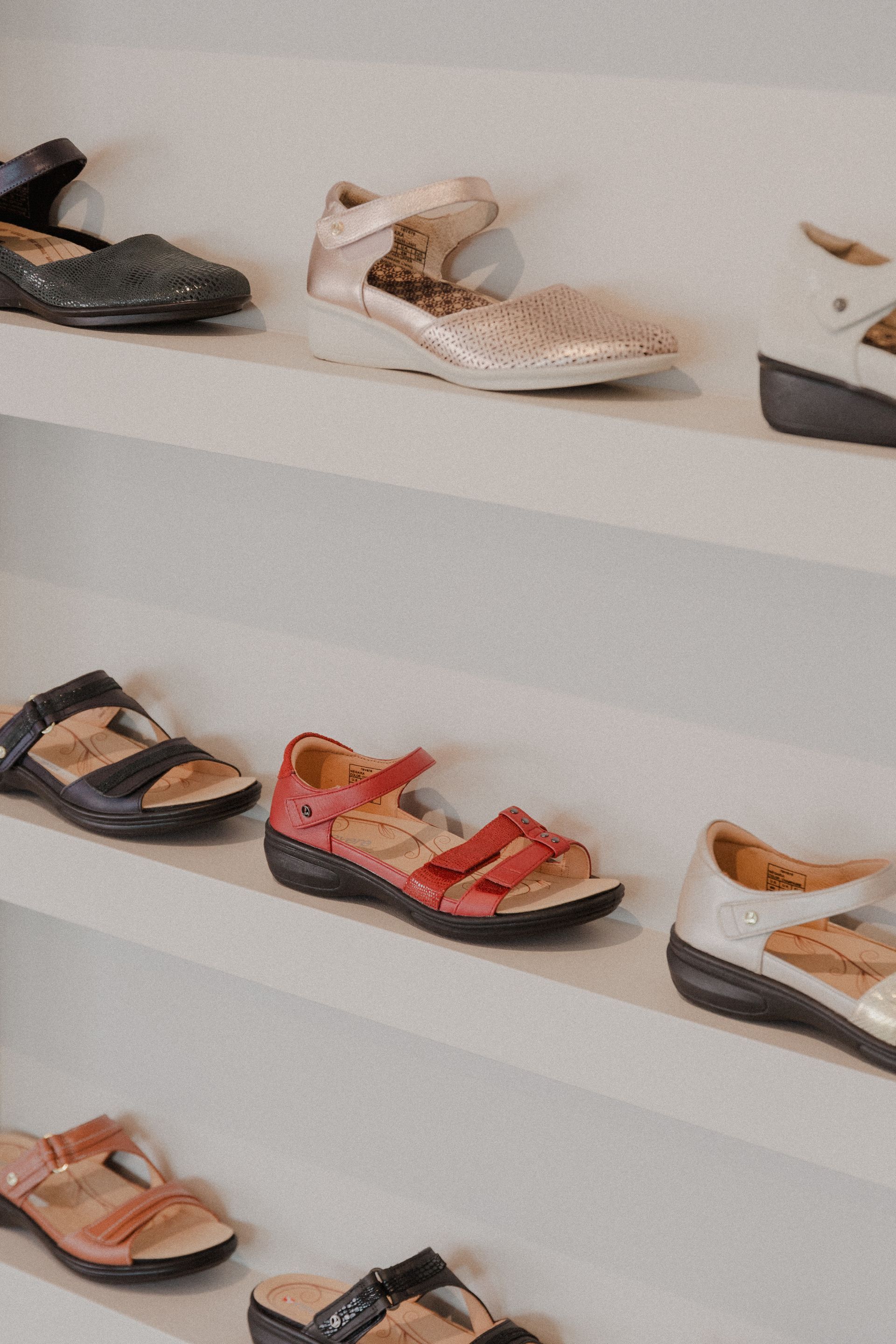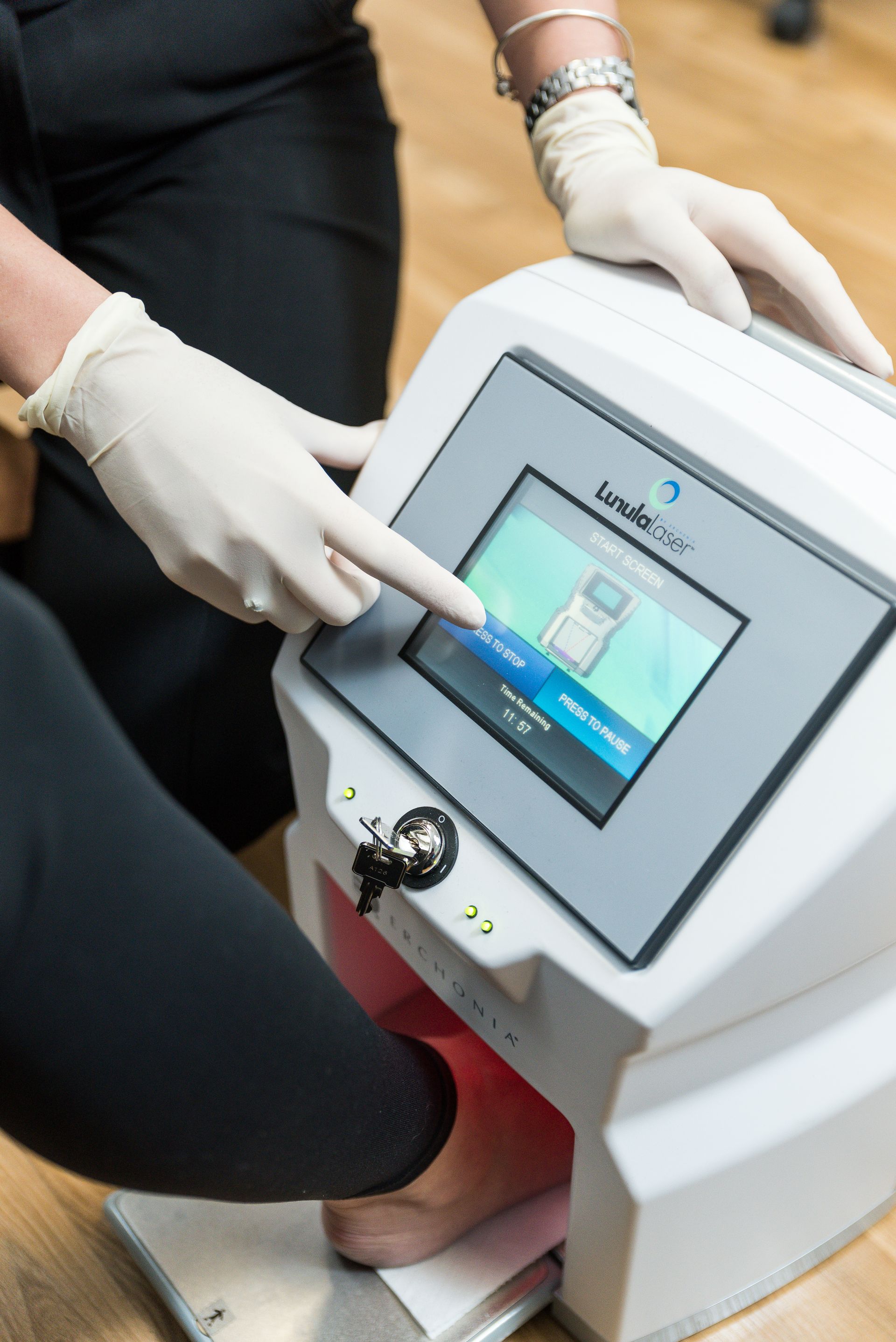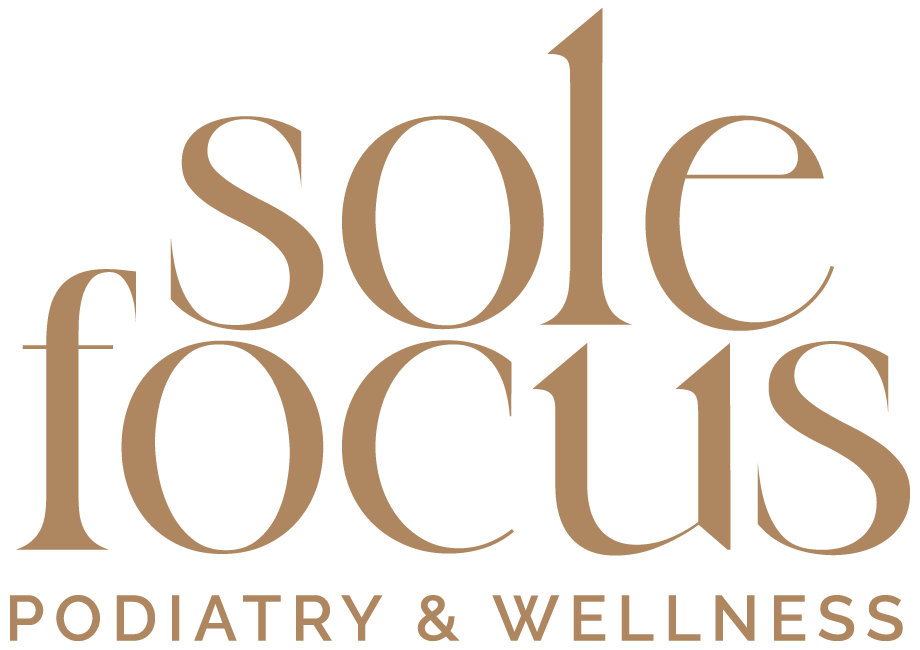Ingrown toenails - the how, what and why
Ingrown toenails are one of the most common conditions we see in our clinic. They can be painful and sometimes debilitating if left untreated. Because of this, they need to be treated as soon as possible to prevent infection and other long-term complications.
How do they happen?
- Poor cutting technique - Poor cutting technique and attempting to dig out the painful nail edge causes most ingrown toenails.
- Genetics - In many people, the tendency for ingrown toenails is hereditary. We hear it time and time again – ‘my mum/aunt/brother suffers from ingrown toenails as well’.
- Trauma - An ingrown toenail sometimes occurs because of trauma. The stubbing of your toe or a repetitive activity such as running can cause severe stress to your toes.
- Incorrect footwear - Tight footwear is also a common cause of ingrown toenails. Narrow-toe boxes or shoes that are too small place extra pressure on the toenails.
- Poor foot hygiene - Poor foot hygiene leads to a breeding ground for dangerous bacteria and fungus to spread.
Treatment Options
Regardless of how an ingrown toenail occurred, the treatment is quite simple.
First, your Podiatrist at Sole Focus Podiatry will examine the affected toe, however, before commencing any form of treatment they will need to take a detailed medical history.
Your Podiatrist will also want to know if this is the first time your toenail has been infected and ingrown or if has this been an ongoing problem for some time.
If this is your first ingrown toenail, your Podiatrist will most likely trim away the nail from the nail sulcus and dress it with a sterile dressing.
If you suffer from recurring ingrown toenails, there are two more permanent treatment options. Your Podiatrist may recommend nail bracing or a minor surgical procedure.
Nail Bracing (Onyfix Nail Correction)
Onyfix uses a composite nail brace that reshapes the nail and ensures natural nail growth.
The procedure is pain pain free and a great alternative to surgery. The course of treatment takes approximately 9 - 12 months and requires multiple visits to ensure the best outcomes.
Onyfix nail bracing is a fantastic option for children, people with diabetes, and who are needle phobic.
Ingrown Toenail Surgery
All Podiatrists at Sole Focus Podiatry are highly-skilled at performing this surgical procedure.
Local anaesthetic is administered into both sides of the offending toe, and the toe will normally go numb within minutes.
Once your toe is numb, your Podiatrist will remove a very small part of the nail, the part that is digging into the nailbed and causing the problem. Next, a mild chemical is applied directly to the nailbed, preventing the nail from regrowing in that area.
After the procedure is complete, the toe has a sterile dressing applied, and you walk out of the clinic pain-free. An hour or so after the procedure the anesthetic will start to wear off, and very few patients complain of any discomfort.
If you would like further information in regards to ingrown toenail treatment that is right for you, book an appointment with our team today at (07) 4529 7430 or book online.






